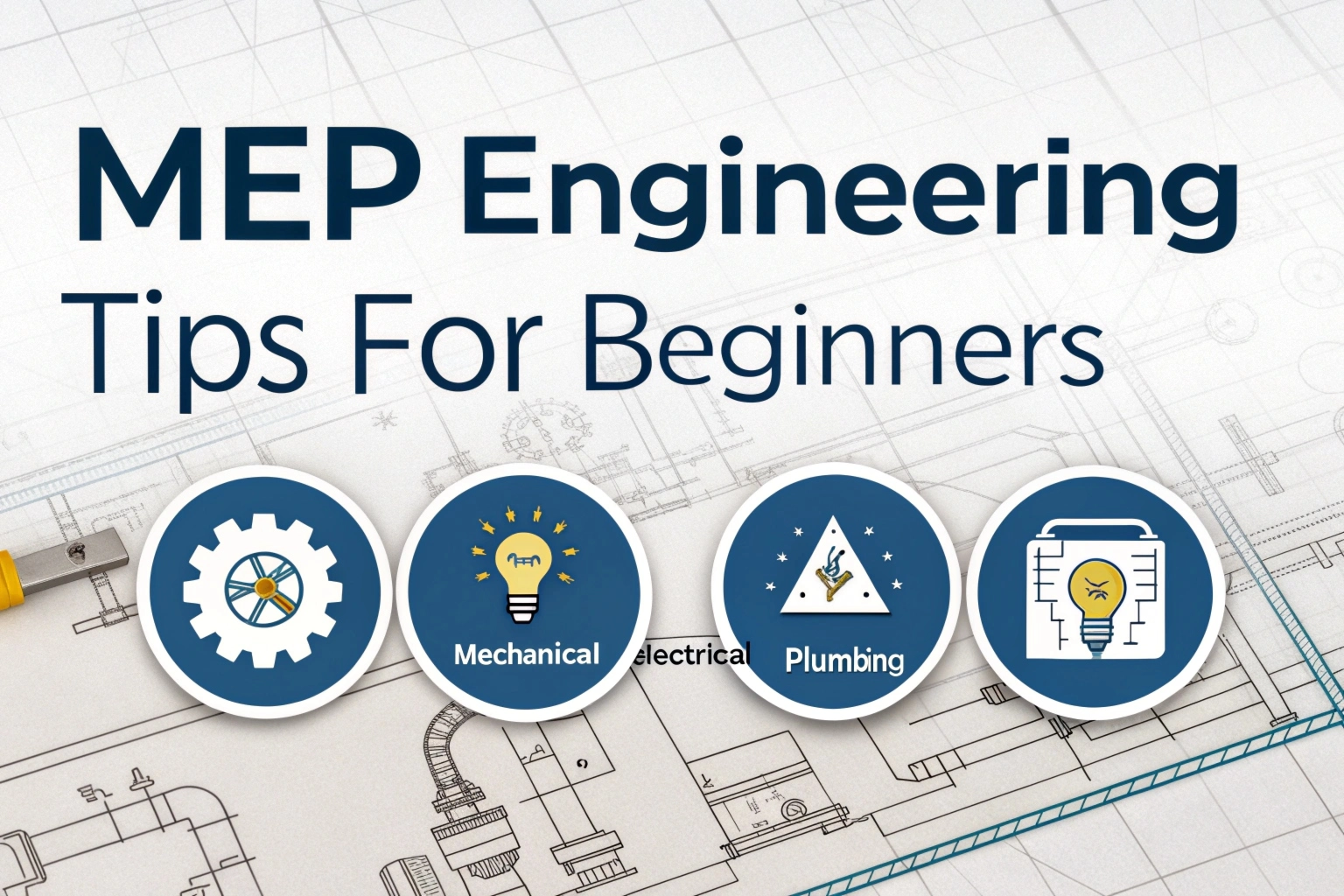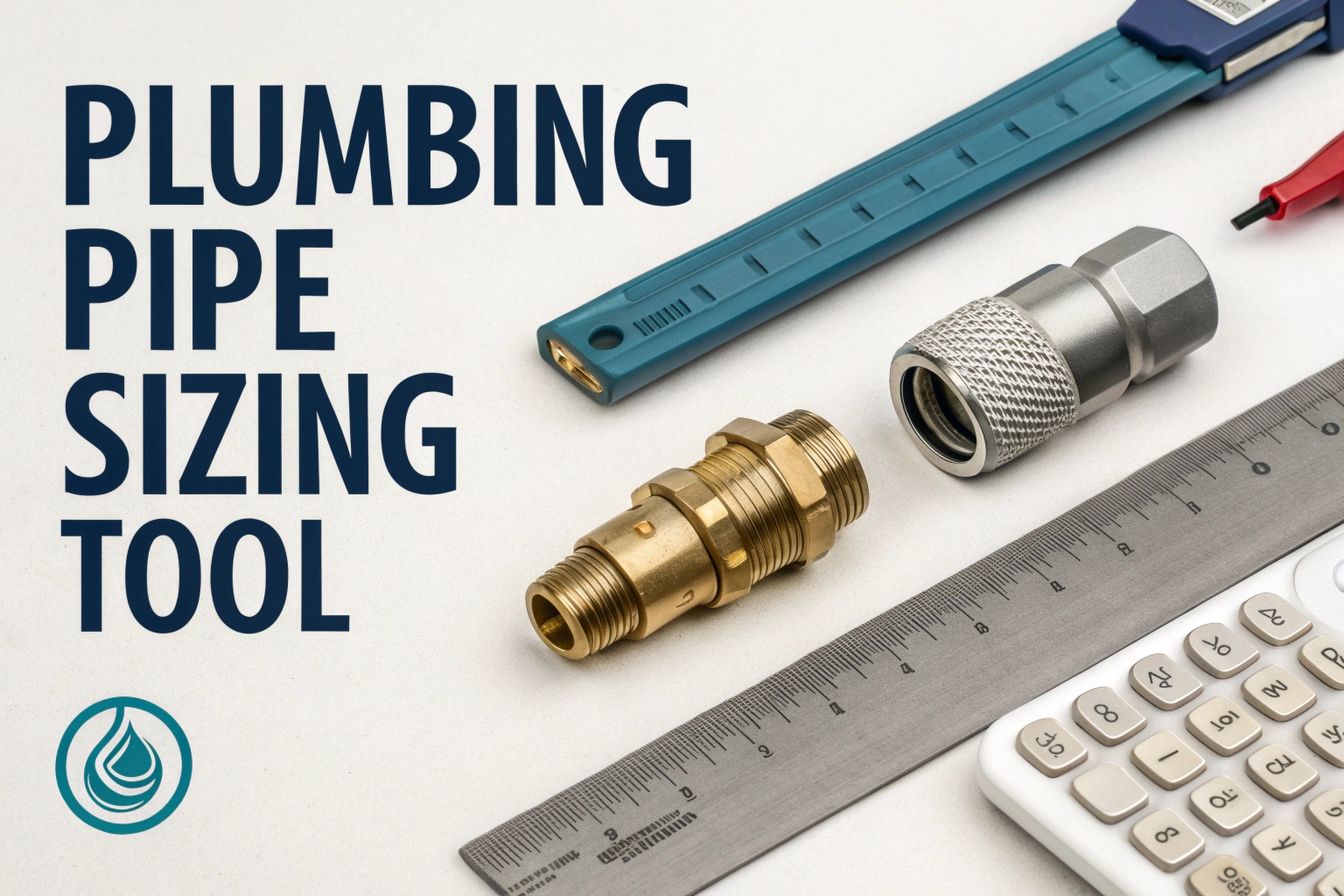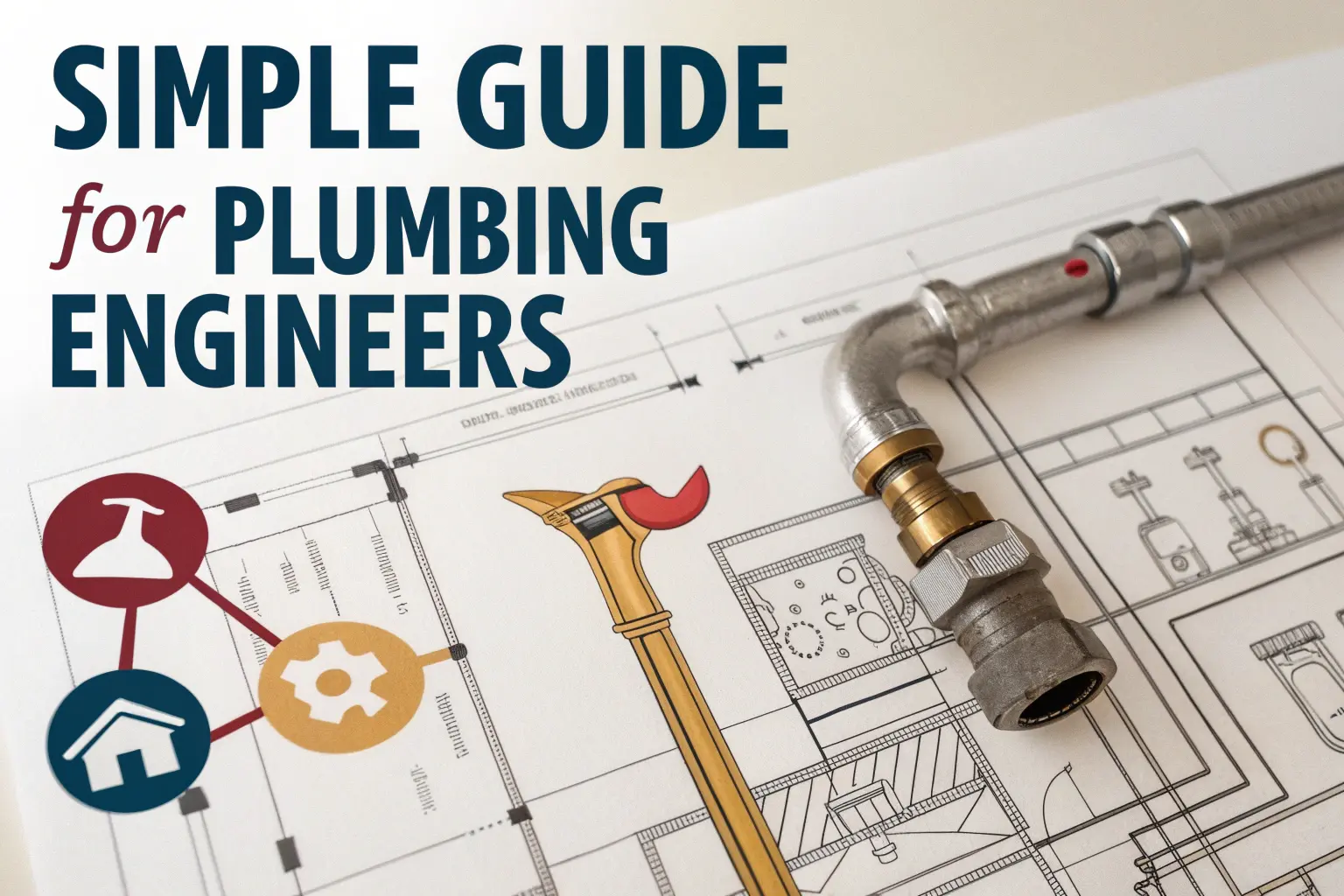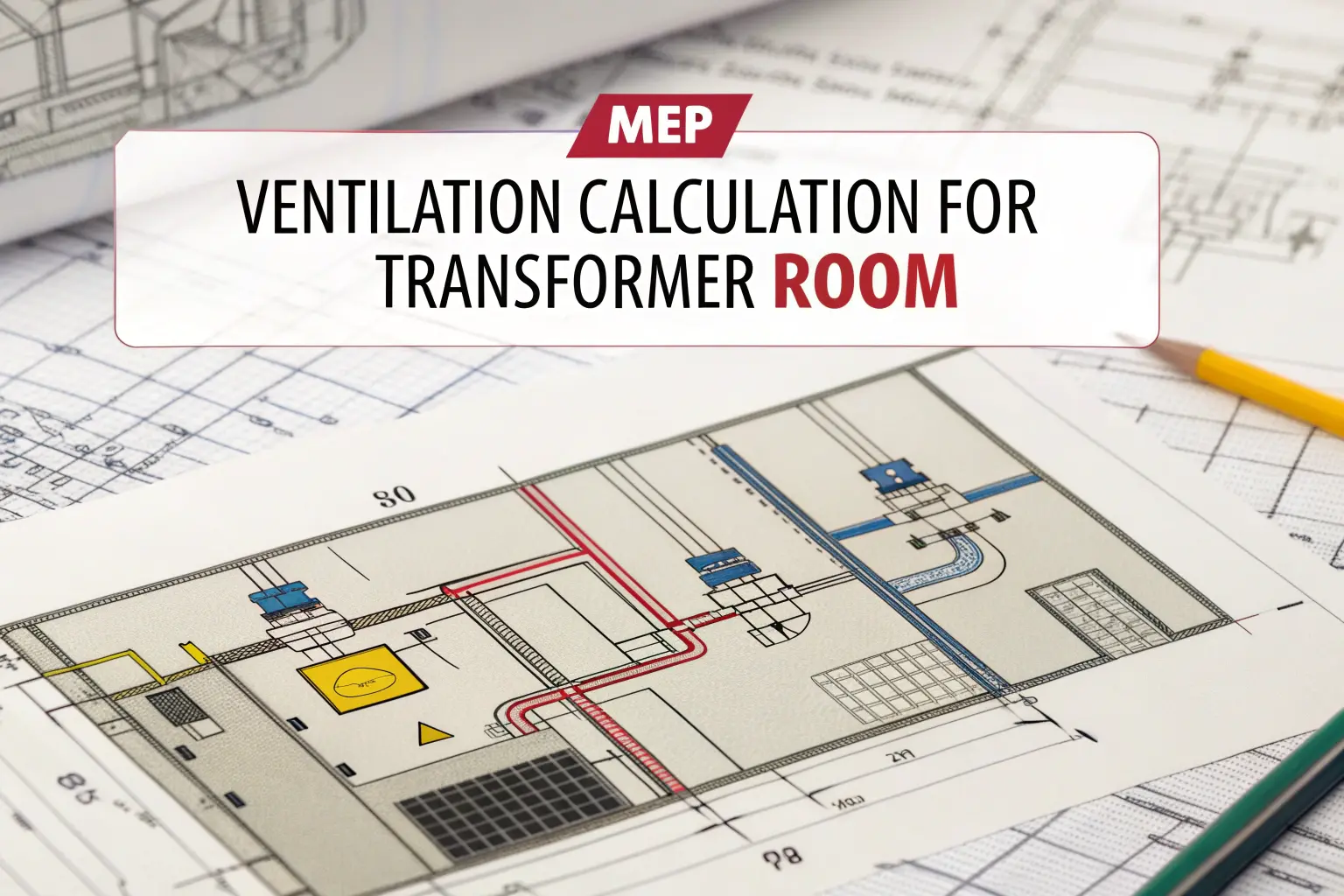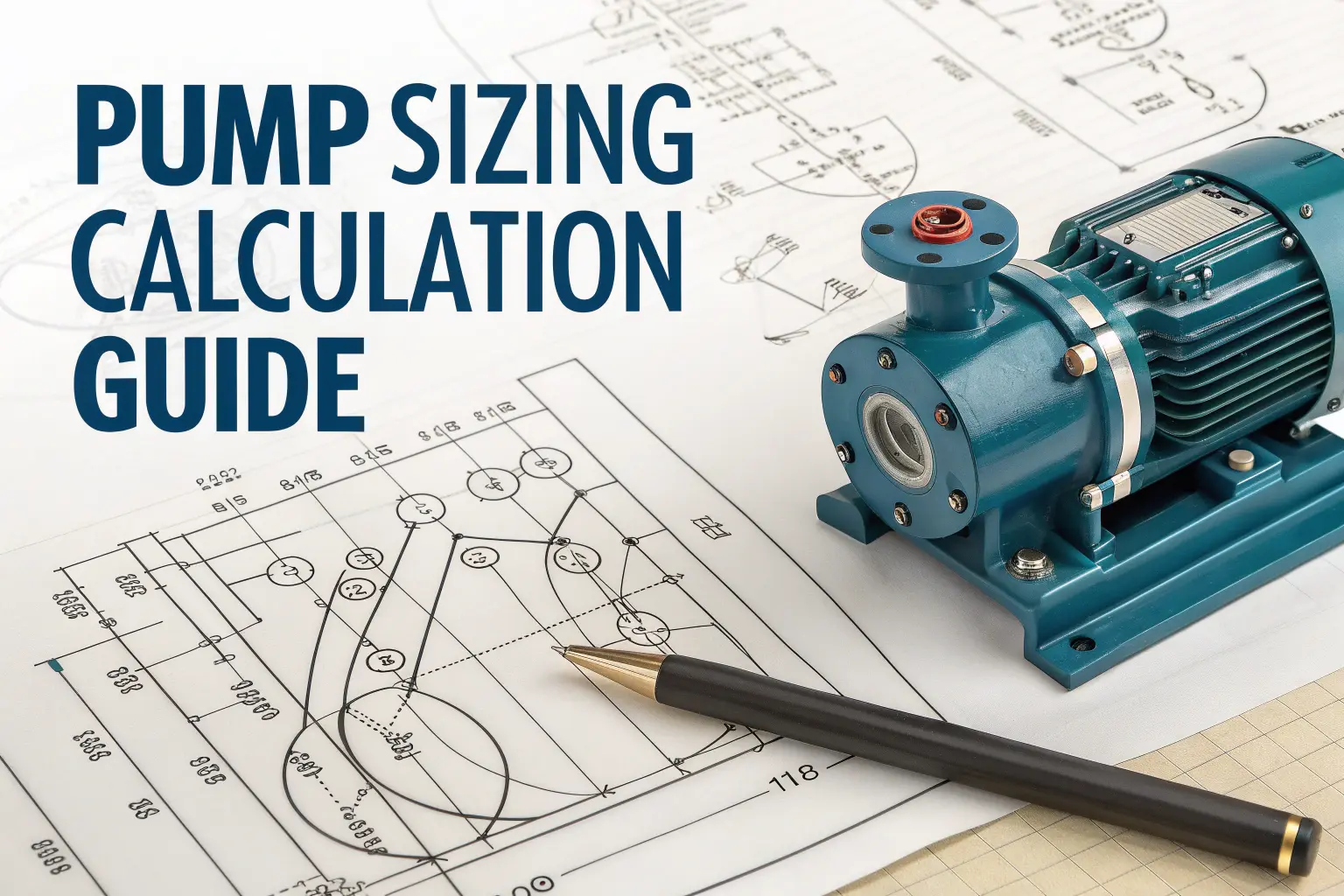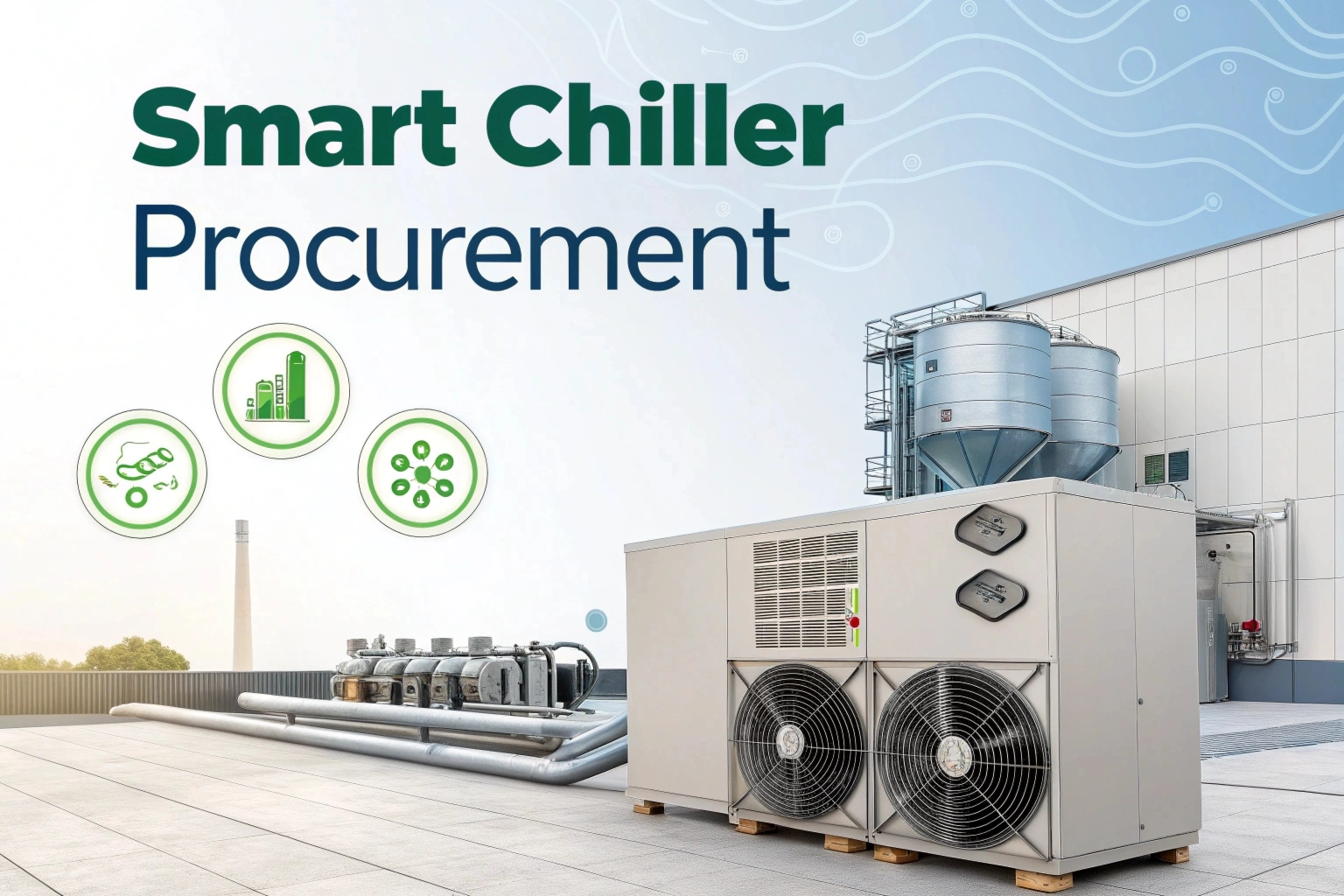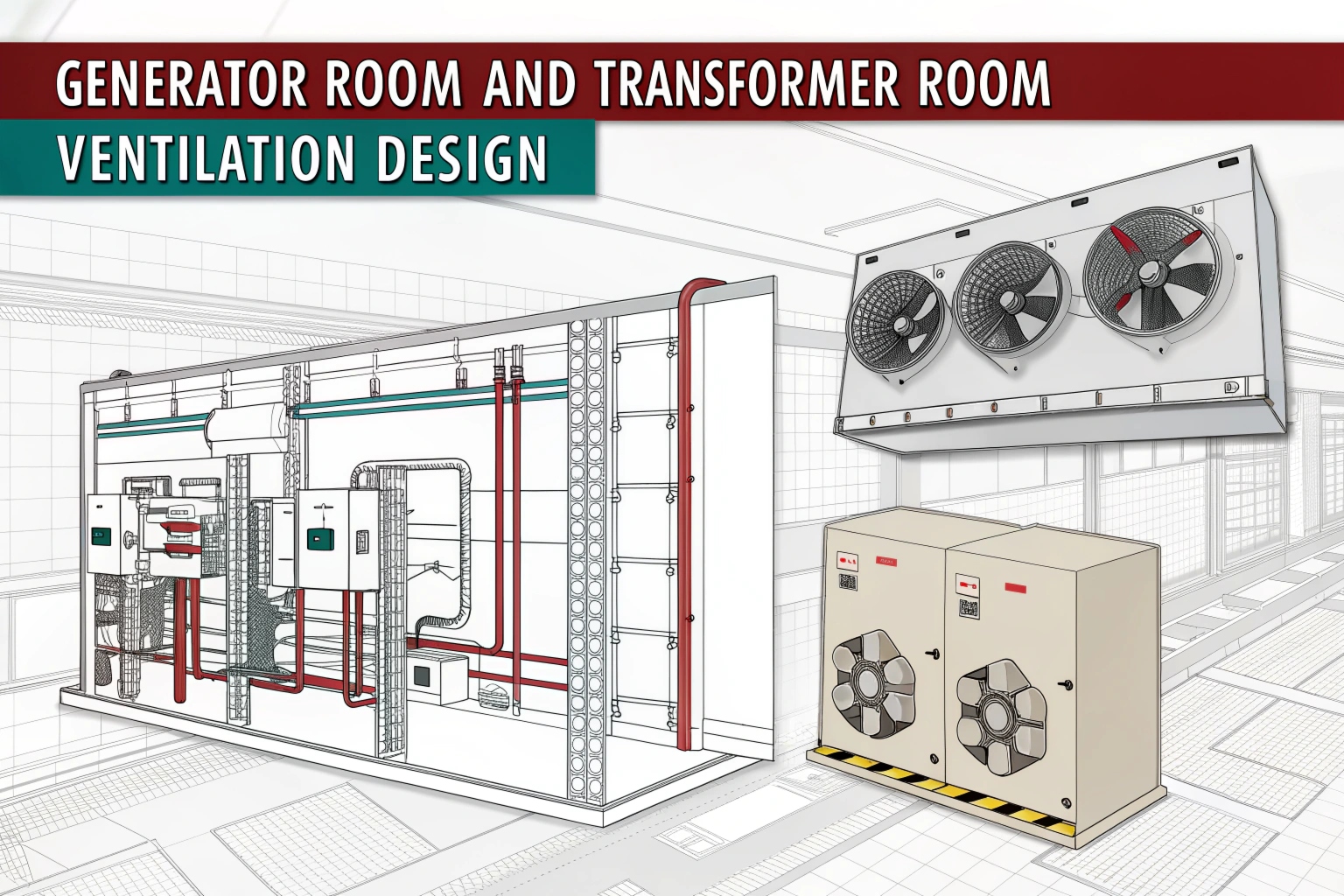The essential aspect of electrical systems involves maintaining both safety and reliability. The first vital action involves testing voltage cables. Cables testing of any voltage system ensures safety along with efficiency and total absence of defects. This text takes you through the current practice of cable testing to understand the proper procedures.
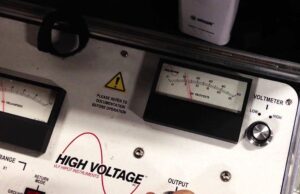
Importance of Voltage Cable Testing
The inspection of voltage cables through testing serves to track down insulation conditions and system health. The improper testing of cables results in equipment outages and serious accidents during operational periods. Testing allows early detection of important issues such as moisture ingress, mechanical damage, and aging effects when they are not critical. Testing performs crucial functions of saving money and lives and cutting down costs in new installations and maintenance contexts.
Methods of Low Voltage Cable Testing
The main concern of low-voltage cables involves performing inspections for insulation resistance alongside continuity checks.
The most common methods include
Insulation Resistance Test: Measures the resistance between the conductor and the insulation. Higher resistance means better insulation.
- The continuity test verifies that electric current can pass through the circuits smoothly without any disruptions.
- The system verifies earth-ground safety by performing an earth-fault detection operation.
- The collection of methods used in voltage cable testing works to maintain both the operational security and efficiency of low-voltage systems.

Techniques for High Voltage Cable Testing
Advanced testing methods become necessary for high-voltage cables because of their excessive operational strain.
The primary methods include
- The high-voltage DC test implements direct current voltage to look for insulation failure.
- A partial discharge test monitors small sparks within cable insulation before their growth into major issues.
- Insulation deterioration monitoring over time gets measured through energy loss calculations during Tan Delta testing.
Specialists who receive proper training need to perform high-voltage cable testing carefully in order to ensure safe operations and precise results.
Safety Precautions During Voltage Cable Testing
Security takes precedence during the voltage cables testing procedure.
Always remember:
- Personal protective equipment (PPE) should be chosen properly for the situation.
- Before testing, inspect that the system has complete power loss.
- Test equipment must use calibrated and certified testing instruments.
- It is essential to work with trained partner staff who will help in emergency procedures.
- The safety measures described above protect people from danger while enabling uneventful testing procedures to run properly.
Conclusion: Why Voltage Cable Testing is Non-Negotiable
Safety of electrical systems demands the absolute requirement of voltage cable testing in electrical installations. When conducting cable testing for low-voltage systems alongside high-voltage network inspections, one achieves safety and reliability and longer service life.

FAQs:
Q1: What is voltage cables testing?
The evaluation of electrical cable safety and efficiency through checking insulation, continuity, and performance belongs to voltage cable testing.
Q2: Why is voltage cables testing important?
Basing industrial electrical inspections on testing allows teams to find problems quickly together with preventing electricity system breakdowns while protecting the workforce and assets.
Q3: What tests are performed for low-voltage cables?
Insulation resistance testing shares the field with continuity testing and earth fault detection as standard inspection methods.
Q4: How is high-voltage cables testing different?
The testing methods employed for high-voltage cables involve DC testing in addition to partial discharge detection and Tan Delta measurements, which deal with immense load stresses.
Q5: Is it safe to perform voltage cables testing myself?
Testing and inspection of low-voltage cables can proceed with suitable caution; however, testing of high-voltage systems demands certified personnel.
Expand your knowledge today! Read our next blog post here!


